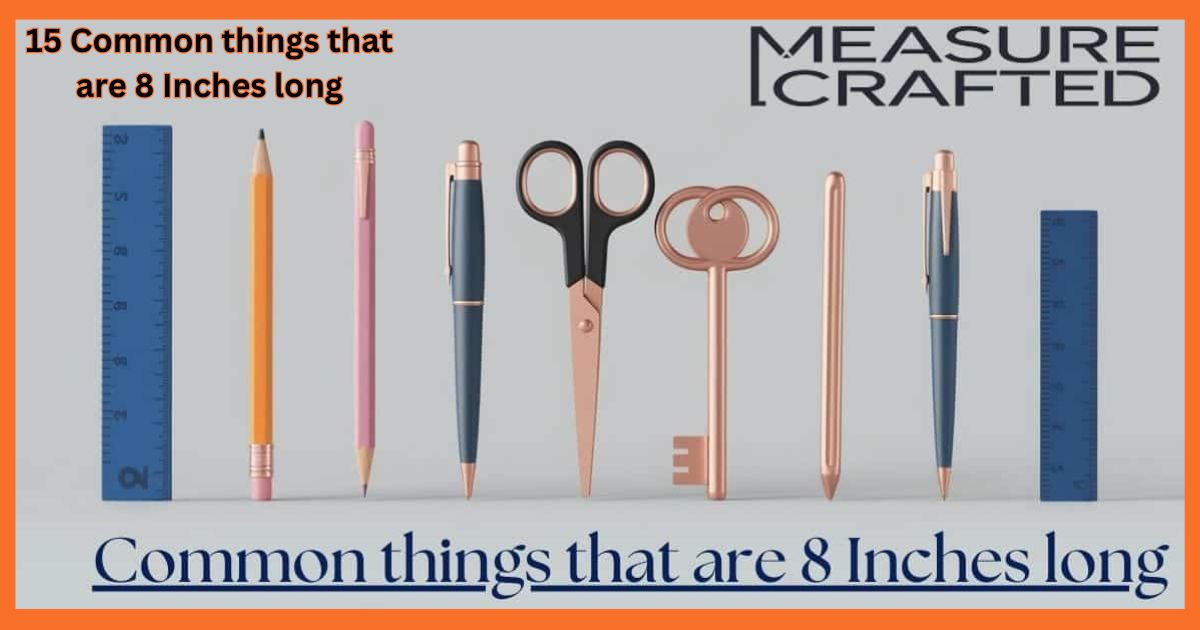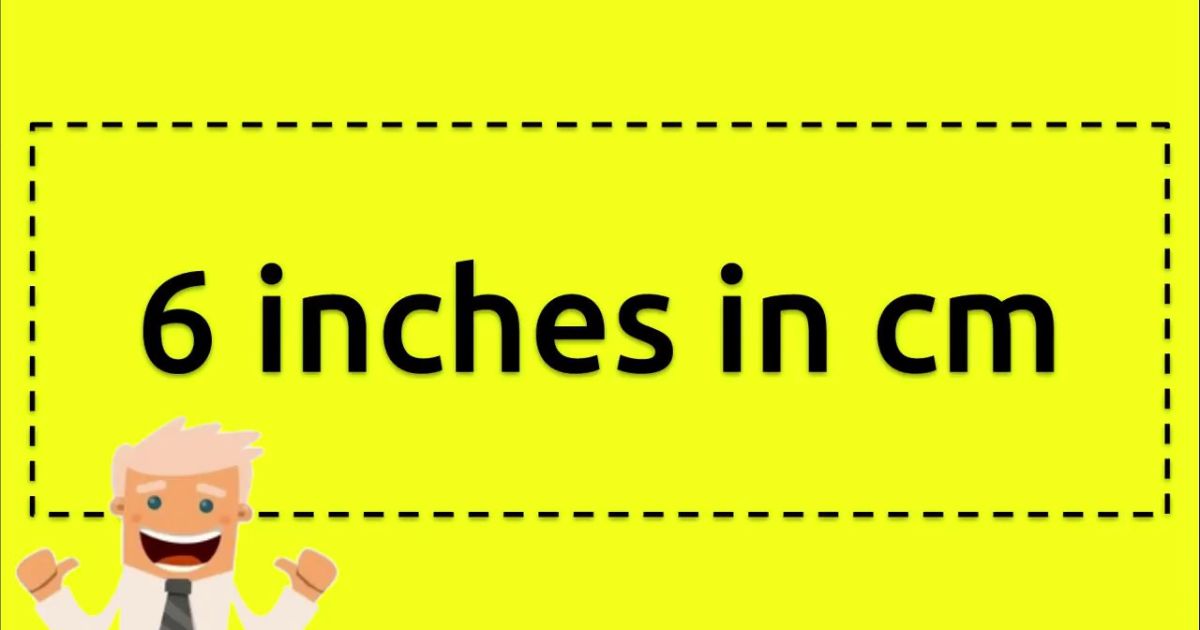Imagine standing in a room, holding your smartphone or reaching for a standard sheet of paper. While these items are small and easily handled, have you ever wondered how much space they take up in terms of measurements?
For example, have you ever thought about what 10 inches looks like in the real world? It may seem like a simple measurement, but understanding what it really means can give us a better grasp of everyday sizes and help in practical scenarios, like picking the right size furniture, choosing sports equipment, or even determining how much space you have on your desk.
In this article, we’ll explore the significance of 10 inches by comparing it to everyday objects we encounter frequently. You’ll be surprised by how such a seemingly small measurement can make a big difference in real-world contexts.
How Long is 10 Inches?
To help you visualize what 10 inches is, let’s start by considering a few common objects that measure around this length. Ten inches is roughly the length of a typical ruler, though it’s slightly shorter than the length of a standard sheet of printer paper.
It’s also about the length of many smartphones and tablets when measured diagonally. As you can see, this length is relatively easy to understand once you start considering items in your daily life.
Understanding measurements like this one is essential because it helps you make practical decisions in various areas—whether it’s purchasing new items, designing DIY projects, or fitting things into tight spaces. Knowing that 10 inches is about the length of a large carrot or a dinner plate can help you visualize and plan accordingly in a wide range of situations.
Now, let’s delve into some of the everyday objects that are around 10 inches in length and explore why this size is significant in real life.
A Standard Dinner Plate

Dinner plates are an essential item in any household, and while their sizes can vary, many plates designed for a standard meal often measure around 10 inches in diameter.
This size strikes a balance between offering enough space for a satisfying meal without overwhelming the table. A typical dinner plate is large enough to hold a portion of meat, vegetables, and starch, which is why many manufacturers aim for this size for everyday use.
For example, a 10-inch dinner plate is ideal for serving a balanced meal. It’s large enough to hold a generous portion but not so large that it becomes unwieldy. It also works well in most dishwashers and cabinets, as it’s a size that’s easy to store.
Interesting Fact: The standard size for dinner plates in the U.S. was once 9 inches, but over time, they have gradually grown larger to accommodate the average portion sizes in American cuisine. Today, 10-inch plates are considered the standard size for formal dinners.
A Standard Tablet
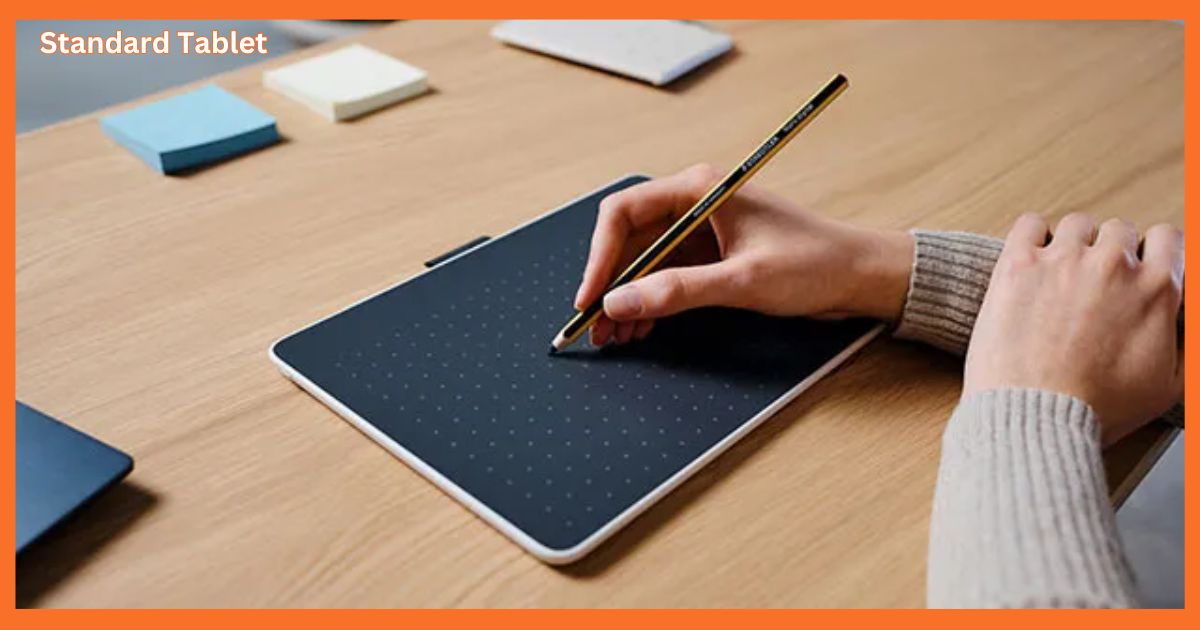
Many of us rely on tablets for work, entertainment, and even reading. Tablets such as the Apple iPad, Samsung Galaxy Tab, or other standard models have screen sizes that hover around 10 inches diagonally. When you hold one of these devices, you get a clear sense of how much screen space is available for various tasks, from browsing the web to watching videos or reading eBooks.
A 10-inch tablet is small enough to be portable but large enough to offer a good viewing experience. It provides enough space for digital content while still being easy to carry around and hold in your hands. For example, this is a popular size for those who want a balance between portability and productivity without lugging around a bulky laptop.
Fun Fact: The first iPad, which was released in 2010, featured a 9.7-inch screen. It set the standard for future tablets in terms of size, and the 10-inch range has become the sweet spot for many tablet manufacturers.
A Large Carrot

Carrots come in various shapes and sizes, but a typical large carrot often measures around 10 inches in length. While this might not seem particularly significant, a 10-inch carrot provides a clear sense of how much space this measurement actually occupies in your hand. You might be familiar with buying carrots in bunches, and many grocery store carrots fall within this length range.
A 10-inch carrot is large enough to be used in recipes that call for a substantial amount of vegetables, like stews, soups, or roasted dishes. It’s also easy to handle and cut into smaller pieces, making it a versatile ingredient in cooking.
Read This Blog: https://mozydash.com/8-inches-long/
Fun Fact: Did you know that carrots were originally purple or white before they became orange? The iconic orange carrot was cultivated in the Netherlands in the 17th century as a tribute to the royal House of Orange.
A Standard Smartphone

Smartphones have become a central part of our daily lives, and most modern smartphones have displays that measure around 10 inches diagonally. The Apple iPhone 14 Pro, Samsung Galaxy S21, and similar models feature screens that range between 6 and 7 inches in length. However, when you include the device’s casing and the diagonal screen size, you’re looking at a roughly 10-inch measurement.
While the 10-inch diagonal measurement includes the length and width of the screen, the actual size of the smartphone gives us a good reference point for this measurement.
A phone with a screen size close to 10 inches provides a user-friendly design that’s compact enough for everyday use but large enough for comfortable browsing, gaming, and video watching.
Interesting Fact: The first smartphones with touchscreen displays, such as the iPhone, revolutionized the way we interact with technology. Over time, phones grew larger as people demanded bigger screens for watching videos and playing games.
A Standard Laptop Screen
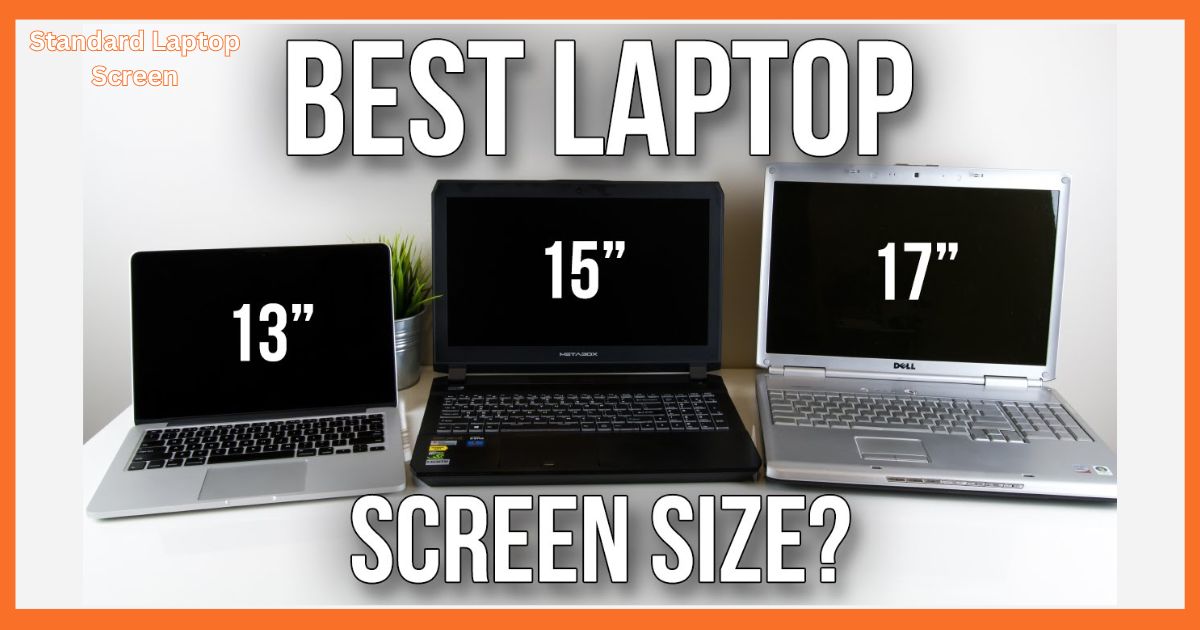
Laptop screens are another great example of how 10 inches appears in everyday items. While most modern laptops feature screens that range between 13 and 17 inches, a smaller, portable laptop may have a 10-inch screen.
This size is often favored for lightweight devices, such as netbooks and ultra-portable laptops, designed for people who need a device that’s easy to carry around.
A 10-inch laptop screen is perfect for basic computing tasks, such as browsing the web, checking emails, or working on documents. While it may not provide the screen real estate for complex design work or gaming, it’s ideal for simple tasks and portability.
Fun Fact: The first “laptop” was developed by Osborne Computer Corporation in 1981, and it weighed a hefty 24 pounds. Modern laptops, especially those with smaller 10-inch screens, are far more portable and light.
A Standard Steering Wheel
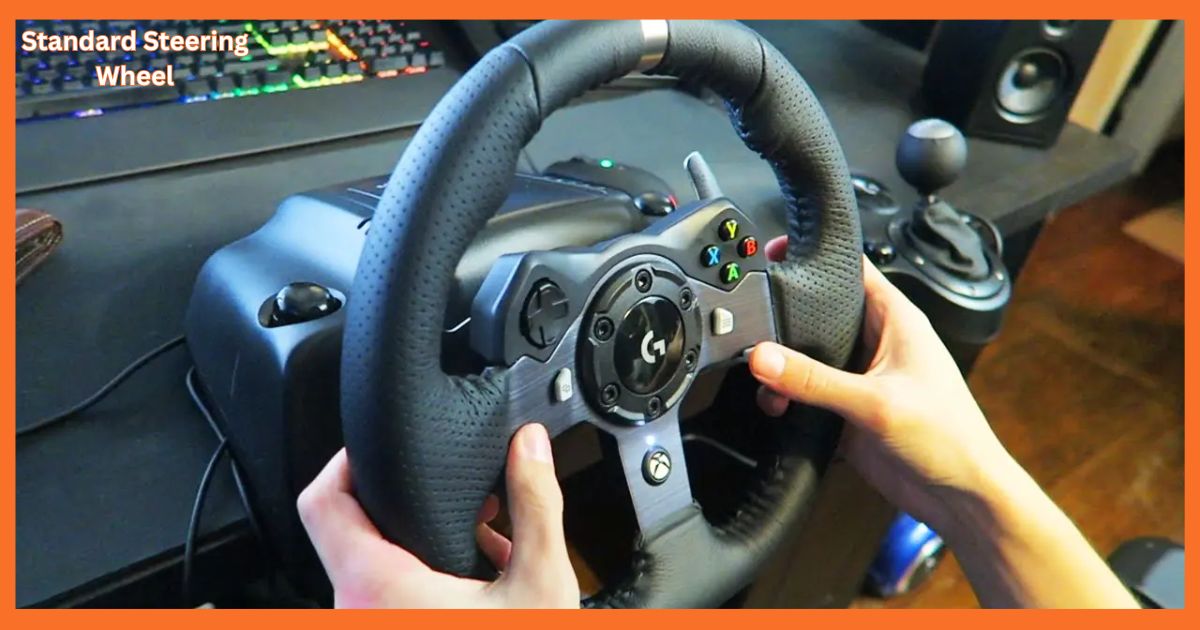
A typical car steering wheel measures about 10 inches in diameter, though it can vary slightly based on the make and model of the vehicle. This size is ideal for providing both control and comfort to drivers, allowing for a good grip and easy maneuverability. The 10-inch steering wheel is a perfect compromise between being small enough to give precise handling but large enough to provide comfort for extended periods of driving.
For a vehicle like a compact car, the 10-inch diameter steering wheel provides good leverage while driving at low speeds or parking. However, for larger vehicles like trucks or SUVs, steering wheels are often larger, but the 10-inch size remains the standard in many smaller vehicles.
Fun Fact: Did you know that the steering wheel was first introduced in cars in 1894 by the Panhard et Levassor company? Before that, cars used a tiller, much like the one on boats!
A Standard Frying Pan
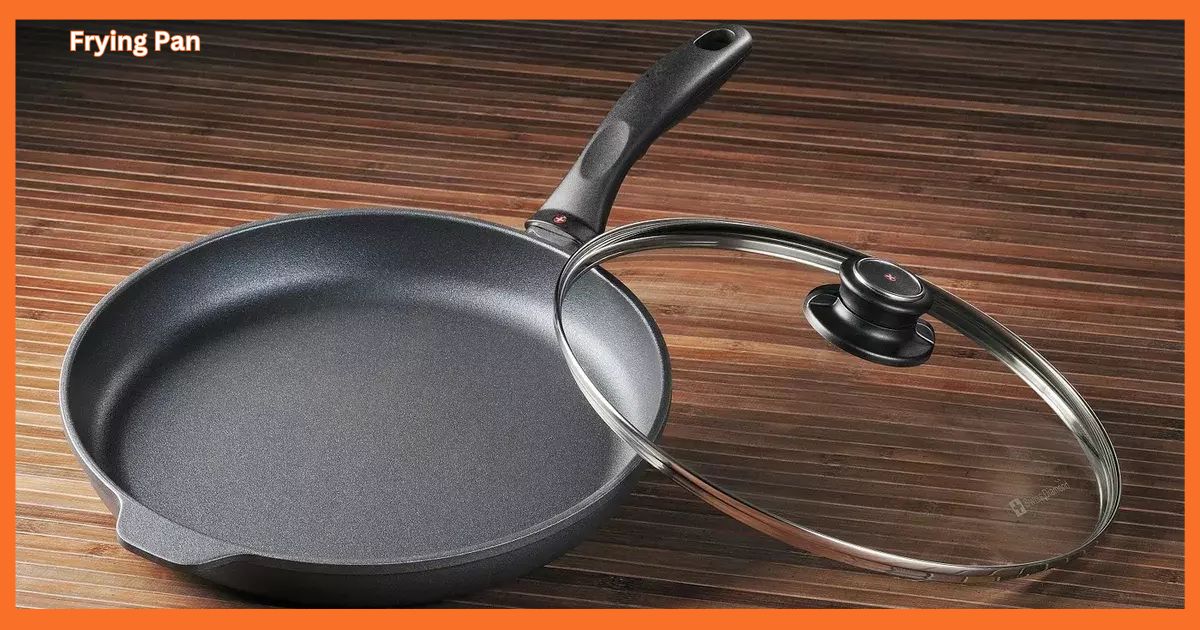
Many standard frying pans or skillets measure around 10 inches in diameter, making them ideal for cooking individual portions for one or two people. This size works well for sautéing vegetables, frying eggs, or cooking up a small batch of pancakes. It’s large enough to give you enough cooking surface, but not so large that the food cooks unevenly or the pan becomes too heavy to handle.
The 10-inch frying pan is considered a go-to pan for home cooks, as it fits comfortably over most stovetop burners and doesn’t take up too much space in a cabinet. It’s the perfect size for most everyday cooking tasks, from searing meats to making stir-fries.
Interesting Fact: The first frying pan was used by the ancient Greeks around 3000 B.C., and it has undergone many changes since. The modern non-stick frying pan was invented in 1954 by French engineer Marc Grégoire!
A Paperback Book
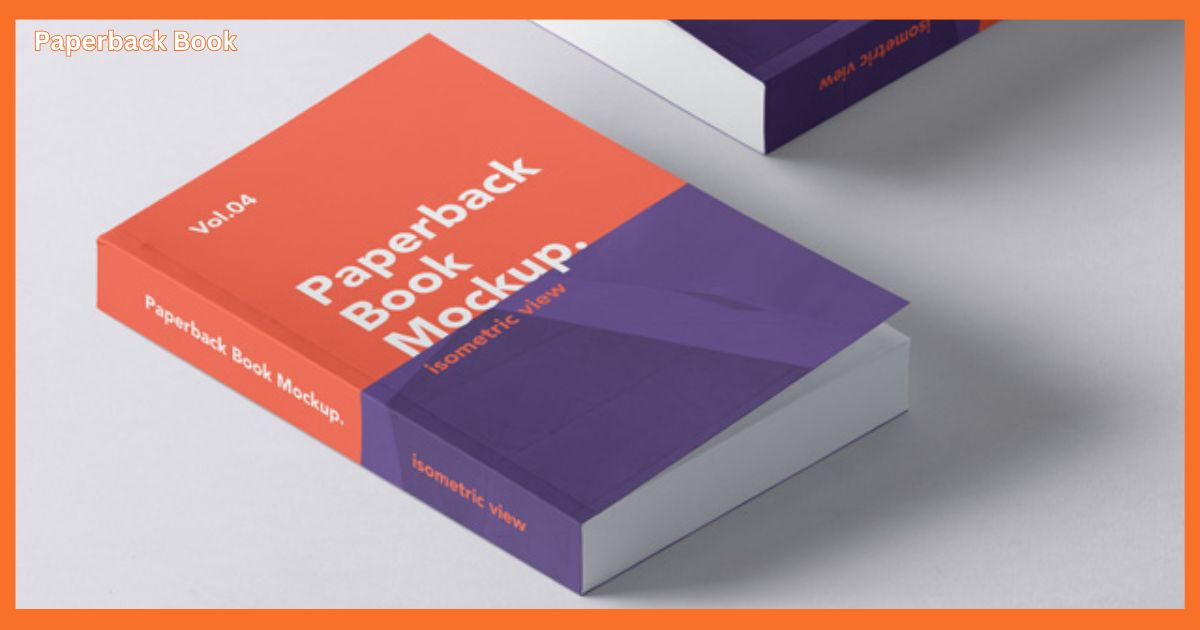
A typical paperback book is about 10 inches tall, though sizes can vary based on the type of book (novels, non-fiction, etc.). This size is perfect for comfortably holding in one hand and carrying in a bag or backpack. The 10-inch size is not too large or too small, making it an ideal size for reading in various settings—whether you’re relaxing at home, commuting, or sitting in a café.
The 10-inch paperback book is also an industry standard in publishing, as it offers enough space for text and images without becoming too bulky for readers. It’s often the size used for novels, biographies, and other genres that require a balanced design for readability and portability.
Fun Fact: The first paperback book, The History of the Caliph Vathek, was published in 1841 in England. Before that, books were primarily hardcover and more expensive to produce.
A Standard TV Remote Control

A typical television remote control measures about 10 inches in length. This size strikes a good balance between being large enough to include all the necessary buttons for controlling a TV or media system while still being small and compact enough to fit comfortably in the palm of your hand.
Remote controls are an essential part of daily life, and the 10-inch length allows for ease of use while maintaining portability. It’s also a size that makes it easy to find in your living room, as most remote controls of this length can be placed easily on a coffee table or within a small storage space.
Interesting Fact: The first remote control, known as the “Lazy Bones,” was introduced in 1950 by Zenith Electronics. It had a cord attached to the TV, which made it far less convenient than today’s wireless remotes!A Cutting Board
A typical cutting board used for food preparation often measures around 10 inches in one direction. This size is ideal for preparing small to medium meals, such as chopping vegetables, slicing fruits, or dicing meat. It provides ample space for working with ingredients without taking up too much counter space, making it perfect for kitchens of all sizes.
A 10-inch cutting board is often a good size for individual use, allowing for precise and easy cutting. Whether you’re chopping onions for a salad or slicing tomatoes for sandwiches, the 10-inch cutting board offers enough room without feeling cumbersome.
Fun Fact: The earliest cutting boards were made of wood and date back to ancient Egypt. The modern plastic and bamboo cutting boards that we use today were developed in the 20th century as hygiene and ease of cleaning became more of a concern.
A Coffee Cup

A typical coffee cup often holds about 10 ounces of liquid, making it a convenient size for a regular serving of coffee or tea. While coffee mugs vary in size, many mugs are designed to comfortably hold 10 ounces, providing a satisfying but not overwhelming amount of beverage.
This size of coffee cup is perfect for those who prefer a standard-sized serving, whether they’re enjoying their morning brew or having a mid-afternoon pick-me-up. It’s large enough to provide a satisfying amount of coffee but small enough that it doesn’t take up too much room on your desk or dining table.
Interesting Fact: Coffee was first discovered in Ethiopia, and it’s believed that the energizing effects were discovered by goats who ate coffee berries! It wasn’t until the 15th century that coffee began to be cultivated in the Arabian Peninsula.
Real-World Applications and Practical Measurement Tips
Knowing what 10 inches looks like in everyday objects can be surprisingly useful in many situations. For example, if you are buying a new bookshelf and want to make sure it fits in your space, imagining how much room 10 inches takes up can give you an idea of whether the shelf will fit. Similarly, if you’re shopping for a new tablet, understanding how a 10-inch screen compares to something you already own can help you make a better decision.
Practical Tip: If you need to estimate 10 inches but don’t have a ruler, here’s a quick tip: Try using the length of a standard sheet of printer paper, which is 11 inches long. Imagine removing just an inch from the edge, and you’ll have a close estimate of 10 inches.
Another good reference point is a dollar bill, which is about 6.14 inches in length. Two dollar bills lined up end to end will give you an approximate length of 12 inches, which is slightly longer than 10 inches but close enough for a rough estimate.
Conclusion
The 10-inch measurement is surprisingly common in our daily lives, appearing in items from tablets and smartphones to dinner plates and carrots. Understanding how long this measurement is can help you visualize and make more informed decisions when purchasing items, planning DIY projects, or organizing your space.
Next time you’re out shopping or organizing your home, take a moment to consider how many items around you measure about 10 inches. It’s a fun and practical way to appreciate the significance of this seemingly small measurement in real-world contexts.
Challenge yourself—how many objects around your home can you find that measure approximately 10 inches? You might be surprised at just how common this size is in everyday life!

Rober max seo expert


